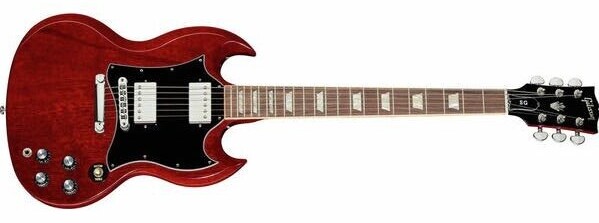Kicking off your guitar journey starts with knowing your instrument inside out. It’s like getting to know a new friend—learn its body, the neck, strings, and what each part does. This basic understanding lays down the groundwork for everything you’ll achieve with your guitar.
Picking the right guitar and accessories can be a game-changer. For beginners, choosing a guitar that feels comfortable and is easy to play is crucial. Whether it’s acoustic or electric, make sure you vibe well with it. Plus, stock up on some essentials like picks, a tuner, and maybe a gig bag to carry your new best friend around.

Posture and hand positioning might sound dull, but trust me, getting these basics down is super important. Whether you’re sitting or standing, you’ll want to make sure your hand positions enable you to play without strain. This pays off later when your skills start to soar.
Don’t overlook tuning your guitar. Playing an untuned guitar isn’t just frustrating, it can mess up your ear training. Get into the habit of tuning before each practice session—it helps you develop a good ear for music and ensures you’re playing in tune.
Remember, patience and commitment are your best allies. Like learning any new skill, playing guitar involves ups and downs. Stay patient with yourself, and celebrate the little victories along the way. Commitment pays off when you find yourself strumming chords you once thought were out of your league!
Building Your Routine: Crafting an Effective Practice Schedule
Creating a practice schedule that works is all about balance and consistency. You don’t need marathon sessions to get better on the guitar; even 20-30 minutes a day can do wonders if you make them count.
It’s about finding the right mix between technical exercises (yeah, those scales and finger drills) and jamming to your favorite tunes. Having a bit of both keeps things fun and ensures you’re improving on all fronts.
Don’t skip your warm-ups! A few simple exercises before diving into practice can prevent injuries and set a positive tone for your entire session. It’s like stretching before a workout—it’s essential for keeping your hands and fingers in top shape.
Give yourself rest days. Playing the guitar is as much a mental activity as it is physical, so occasionally stepping back can prevent burnout and help your progress in the long run.
Tracking your practice in a journal might sound old-school, but it’s super effective. Jotting down what you worked on, how it felt, and any hurdles can help you see how far you’ve come and where you need a bit more effort.
Mastering Essential Skills: Developing Foundational Techniques
Grasping the basics is your ticket to shredding like a pro one day. Start with essential skills such as understanding basic chords and simple strumming patterns. These form the building blocks of most songs, so they’re pretty much your bread and butter when learning the guitar.

Introducing yourself to scales and finger exercises is the next big step. While they might not seem as cool as playing your favorite song, these exercises improve finger strength and dexterity over time, which is a big part of getting better.
Repetition is your best friend here. Muscle memory doesn’t come overnight, but repeating exercises and practicing regularly will get your fingers moving without you having to think too hard. Watch how those chords start coming naturally after a while.
Dabbling with a few easy songs can be a real confidence booster. Choose songs that aren’t too challenging and enjoy the feeling of playing a tune from start to finish. It’s proof that your practice is paying off, and it’s a lot of fun too.
A trusty metronome is a game-changer for mastering timing and rhythm. At first, it might feel like you’re fighting to keep up, but soon you’ll find it helps keep your strumming smooth and steady. Consistent rhythm is key to making music sound tight.
Navigating Common Challenges: Staying Motivated and Consistent
Sticking with learning the guitar when things get tough requires some real grit. Everyone hits those frustrating plateaus, but pushing through is where the real growth happens. When your progress feels stale, it might be time to mix things up—try new songs, switch practice routines, or even a bit of improvisation to keep things fresh.
Inspiration is all around you. Listen to your favorite guitarists; their music can reignite your passion and show what’s possible. Whether it’s rock legends or indie icons, seeing where your journey could lead can motivate you through the trials.

Online resources are like having a guitar instructor in your back pocket. From tutorials to video lessons, there’s a wealth of knowledge out there, especially for beginners. Take advantage of the free stuff as you build your skills—it’s a great way to expand your learning without breaking the bank.
Guitar communities provide more than tips and tricks; they’re also your moral support as you navigate the ups and downs of learning. Jump into forums or local meet-ups to connect with other guitarists. Sharing experiences not only helps maintain motivation but can also introduce you to new styles and techniques.
Setting realistic goals is key to keeping your practice sessions on track. Break your big dreams into smaller, achievable milestones, and celebrate each one. It might seem minor, but recognition of your progress helps maintain a positive outlook and encourages you to keep strumming away.
